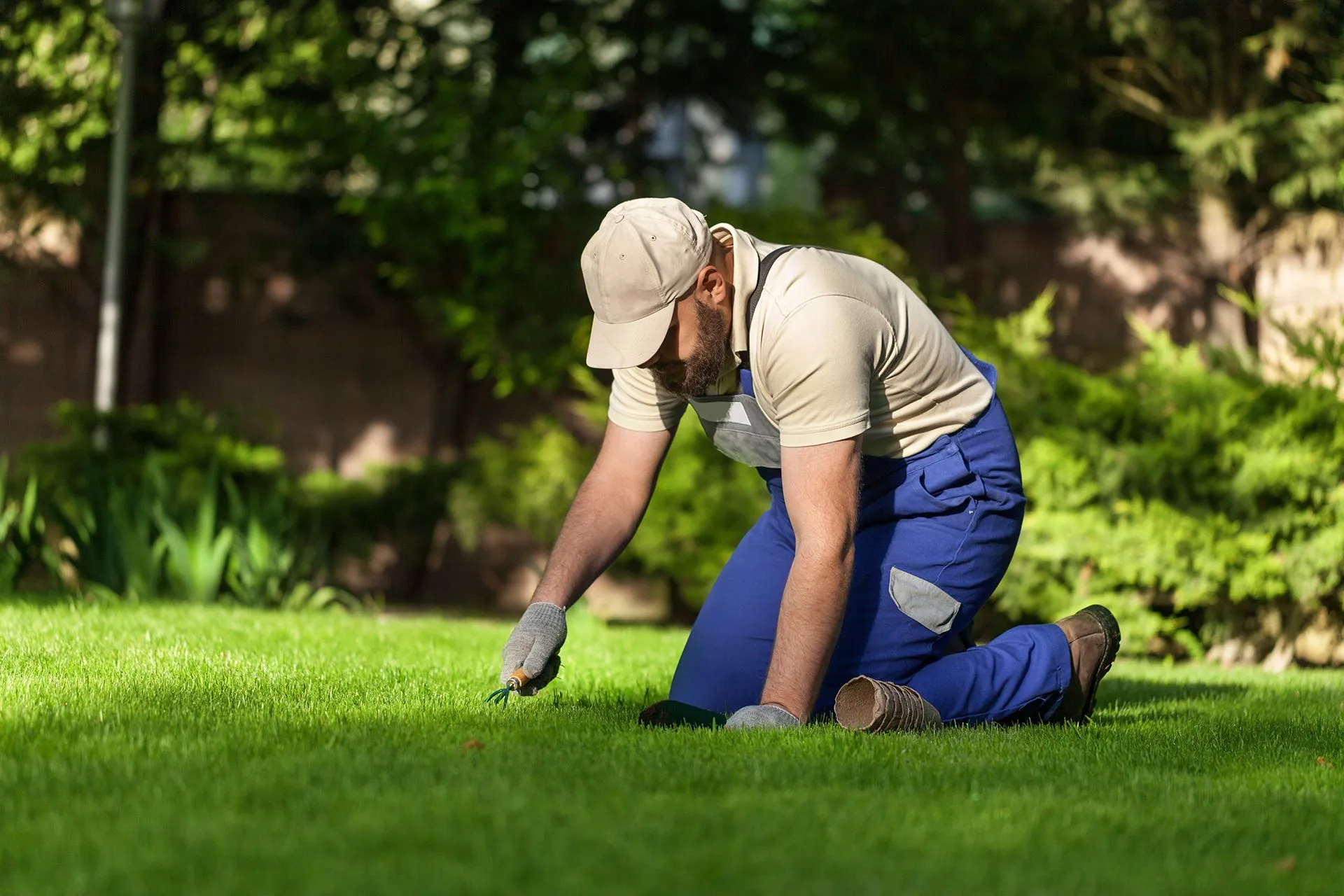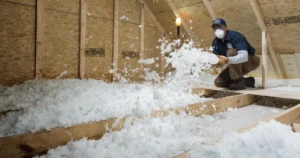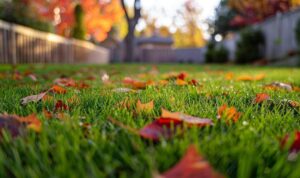Ah, summer! The season of backyard barbecues, pool parties, and endless days spent lounging on the lawn. But hold up, green-thumbed friends—before you dive into the deep end of summer fun, let’s talk about your grass. If your lawn isn’t looking as lush as you’d hoped, you might be making one major mistake. According to lawn care pros, overwatering is the number one culprit behind sad, stressed-out grass. Let’s dive into why this happens and how to fix it!
Overwatering: The Sneaky Lawn Killer
You might think you’re doing your grass a favor by giving it plenty of water. After all, plants need water to thrive, right? Well, yes—but too much of a good thing can be bad. Overwatering can lead to a host of problems that leave your lawn looking more “meh” than marvelous.
Why Overwatering Happens
First, let’s understand why overwatering is such a common mistake. Many of us assume that the more water our grass gets, the healthier it will be. However, this isn’t the case. Grass needs the right amount of water, not an endless supply. Overwatering can drown the roots, depriving them of the oxygen they need to grow strong and healthy.
Signs You’re Overwatering
How can you tell if you’re guilty of overwatering? Look out for these telltale signs:
- Mushy Soil: If your lawn feels squishy when you walk on it, it’s likely too wet.
- Yellowing Grass: Overwatered grass often turns yellow because the roots are suffocating.
- Weed Invasion: Weeds like crabgrass and nutsedge thrive in overly moist conditions.
- Fungal Growth: Mushrooms and mold patches are signs that your lawn is too damp.
The Science Behind Healthy Grass
Understanding how grass grows can help you avoid the overwatering trap. Grass roots need both water and oxygen to stay healthy. When the soil is constantly wet, roots can’t access the oxygen they need. This leads to weak roots, making your grass more susceptible to disease, pests, and drought stress.
How Much Water Does Your Lawn Need?
So, how much water is enough? Generally, lawns need about 1 to 1.5 inches of water per week, including rainfall. This amount can vary depending on the type of grass, soil conditions, and local climate. Instead of frequent, shallow watering, aim for deep, infrequent watering. This encourages roots to grow deeper, making your lawn more drought-resistant.
Watering Tips from the Pros
Now that you know the dangers of overwatering, let’s talk about how to water your lawn like a pro. Here are some expert tips to keep your grass green and happy:
- Water Early: The best time to water your lawn is in the early morning. This allows the grass to absorb the moisture before the heat of the day causes evaporation. Plus, watering in the morning reduces the risk of fungal diseases that thrive in damp, cool conditions.
- Use a Rain Gauge: Keep track of how much water your lawn is getting by using a rain gauge. This handy tool helps you measure rainfall and adjust your watering schedule accordingly.
- Check the Soil: Before you water, check the soil moisture. Stick a screwdriver or garden spade into the ground. If it goes in easily and the soil feels moist, you can skip watering.
- Adjust for Seasons: Your lawn’s water needs change with the seasons. During cooler months, you may need to water less frequently. In hot, dry weather, your lawn might need a bit more water, but don’t overdo it!
- Invest in Smart Irrigation: Consider installing a smart irrigation system that adjusts watering based on weather conditions and soil moisture levels. These systems can help you avoid overwatering and save water.
Lawn Care Beyond Watering
Watering isn’t the only factor in maintaining a lush lawn. Here are a few additional tips to keep your grass looking its best:
- Mow High: Keep your mower blade set to a higher setting. Taller grass shades the soil, reducing evaporation and encouraging deep root growth.
- Fertilize Wisely: Use a balanced fertilizer to provide essential nutrients. Avoid over-fertilizing, which can lead to excessive growth and increased water needs.
- Aerate Your Lawn: Aeration helps improve soil drainage and allows roots to access air and water more easily. Consider aerating your lawn once a year, especially if your soil is compacted.
- Reseed Bare Spots: If you notice bare or thin patches, reseed them to encourage healthy growth. This helps your lawn maintain a dense, even appearance.
Conclusion: Less Is More
When it comes to watering your lawn, less is often more. By avoiding the major mistake of overwatering, you can enjoy a healthier, more resilient lawn all summer long. So, take a step back, let your grass breathe, and follow these pro tips for a greener, lusher yard. Happy summer, and happy lawn care!









